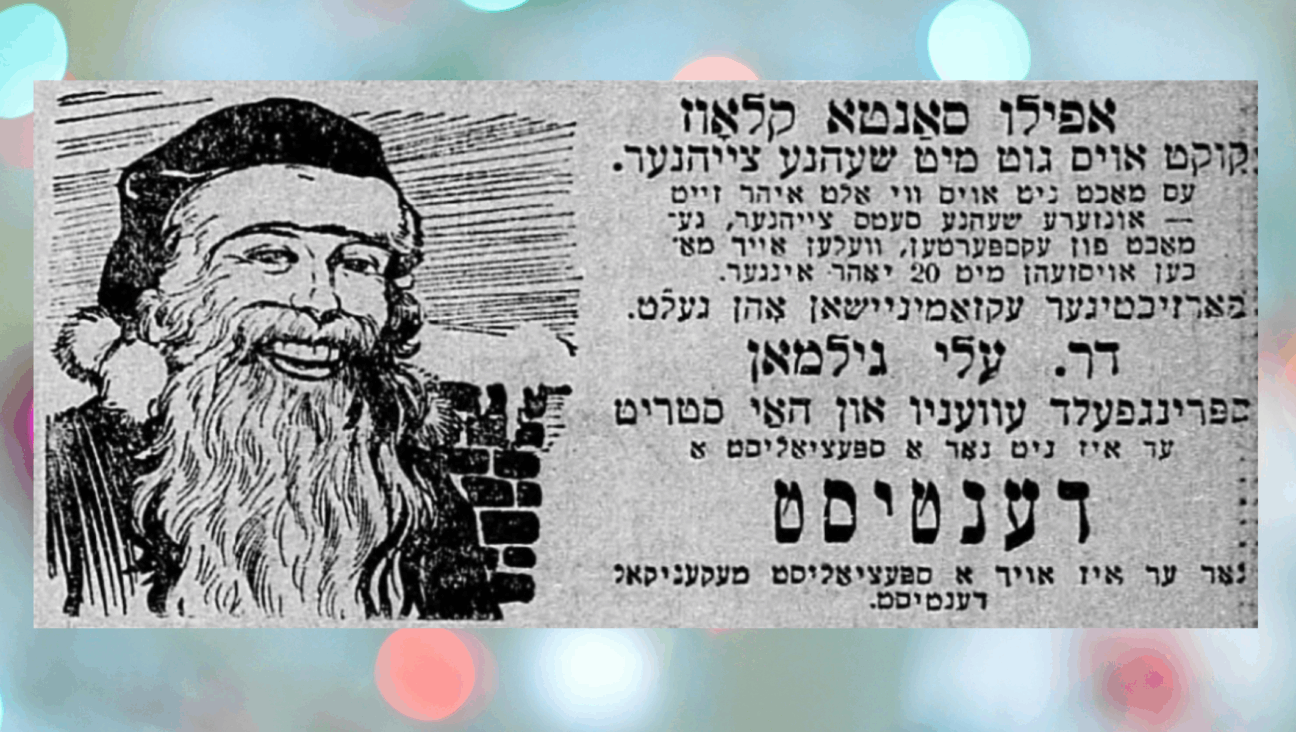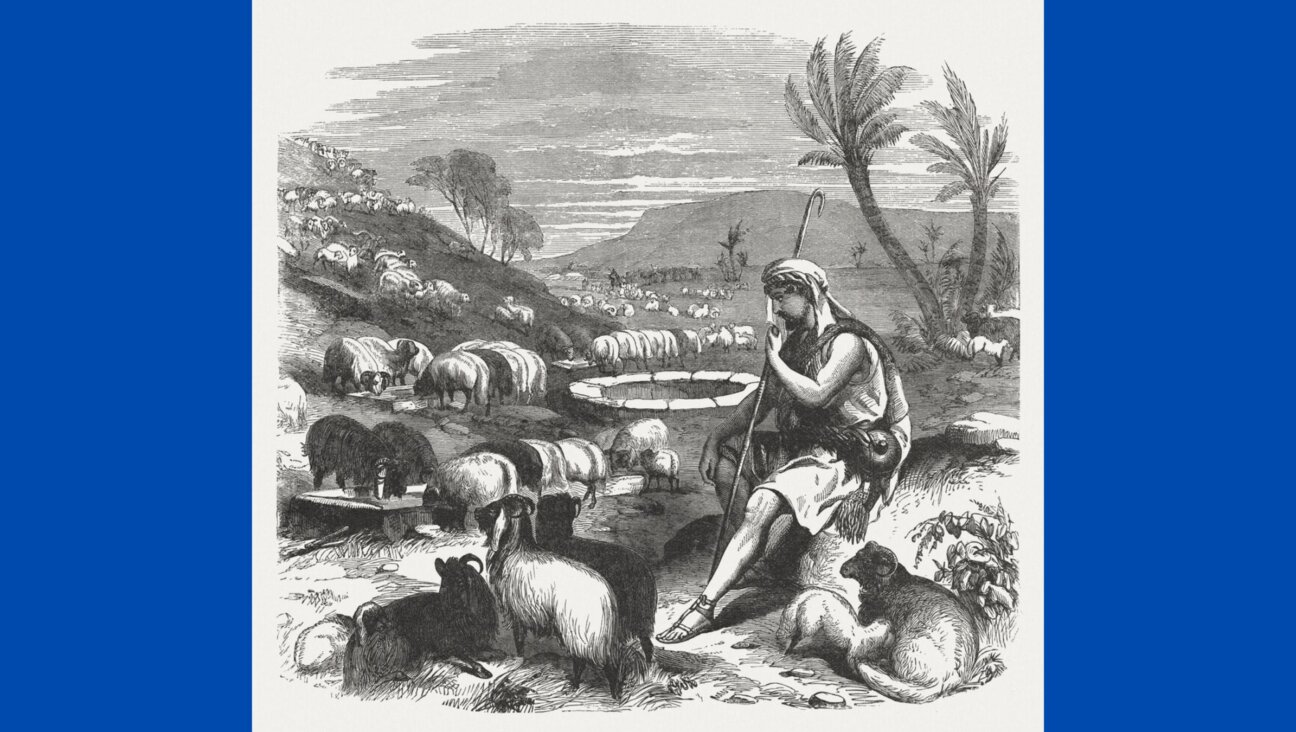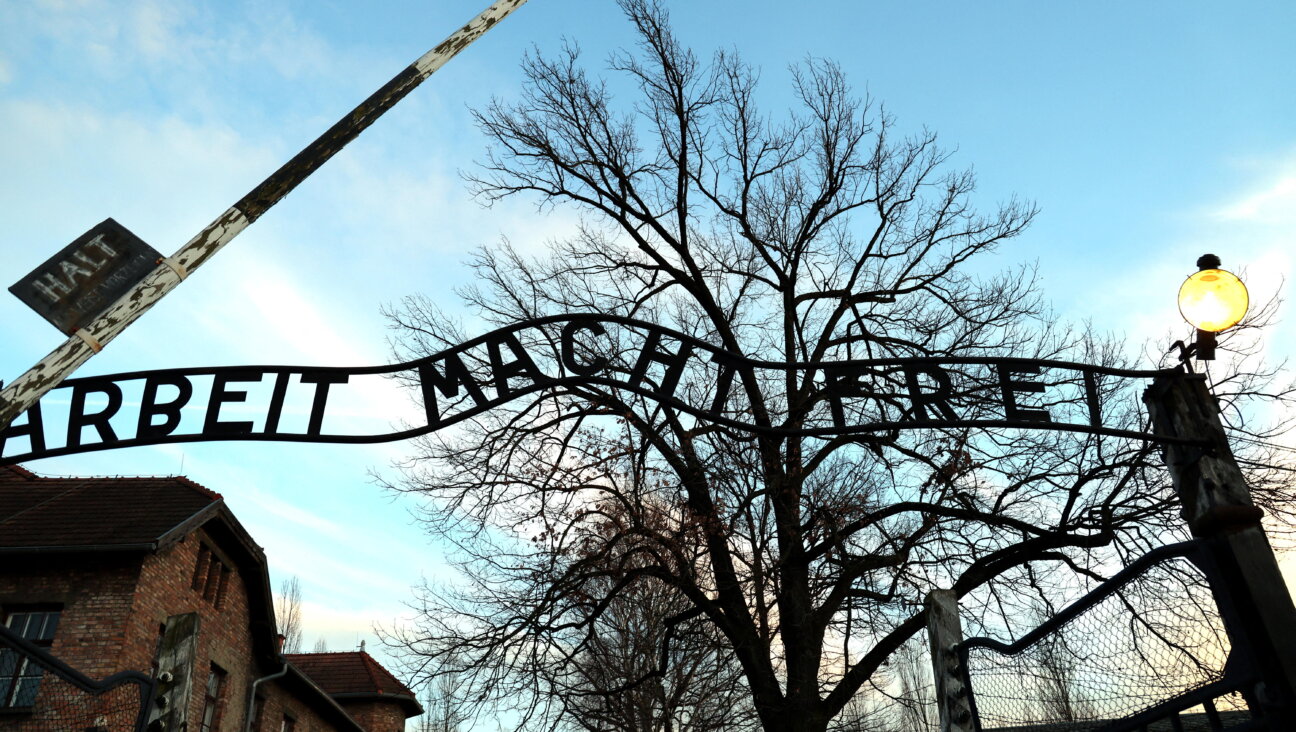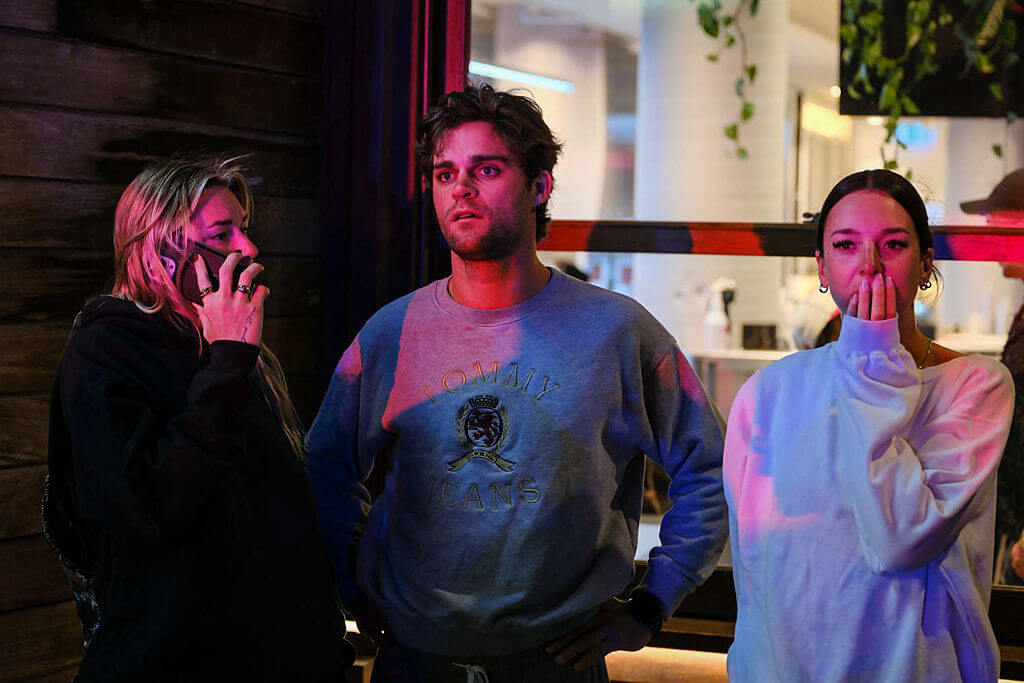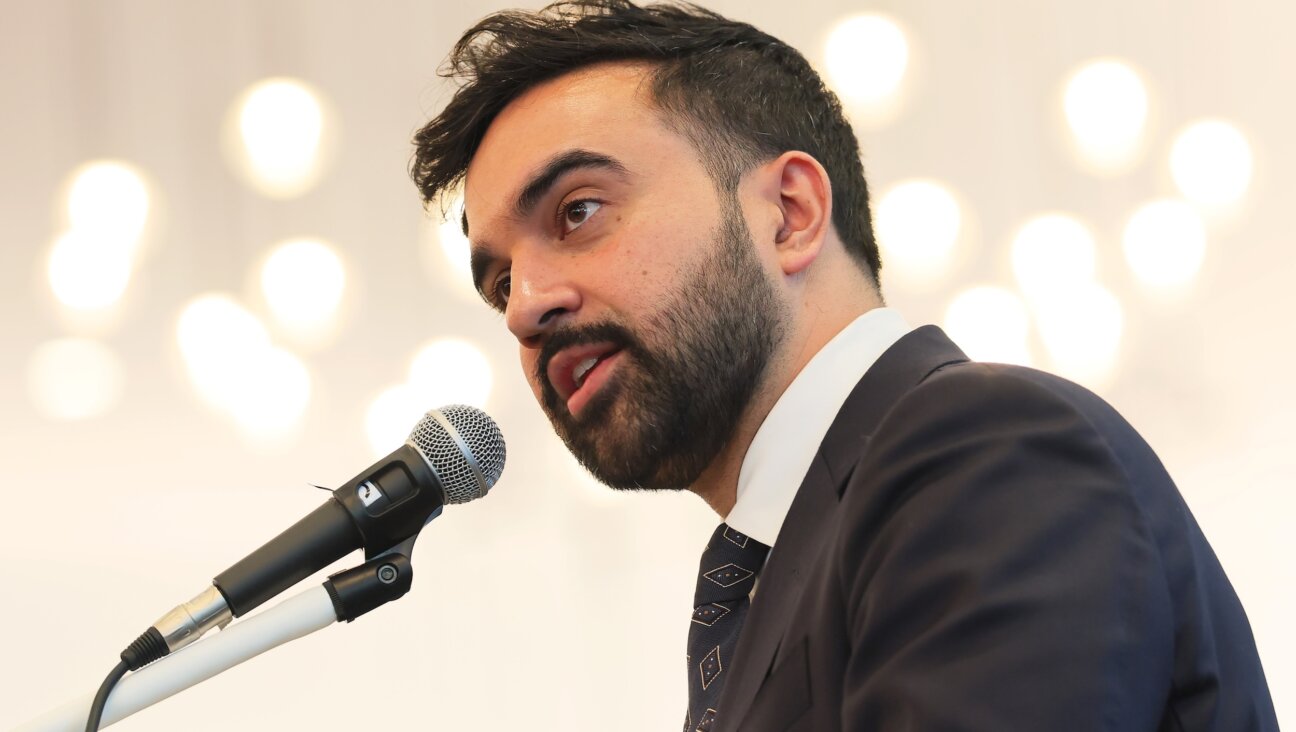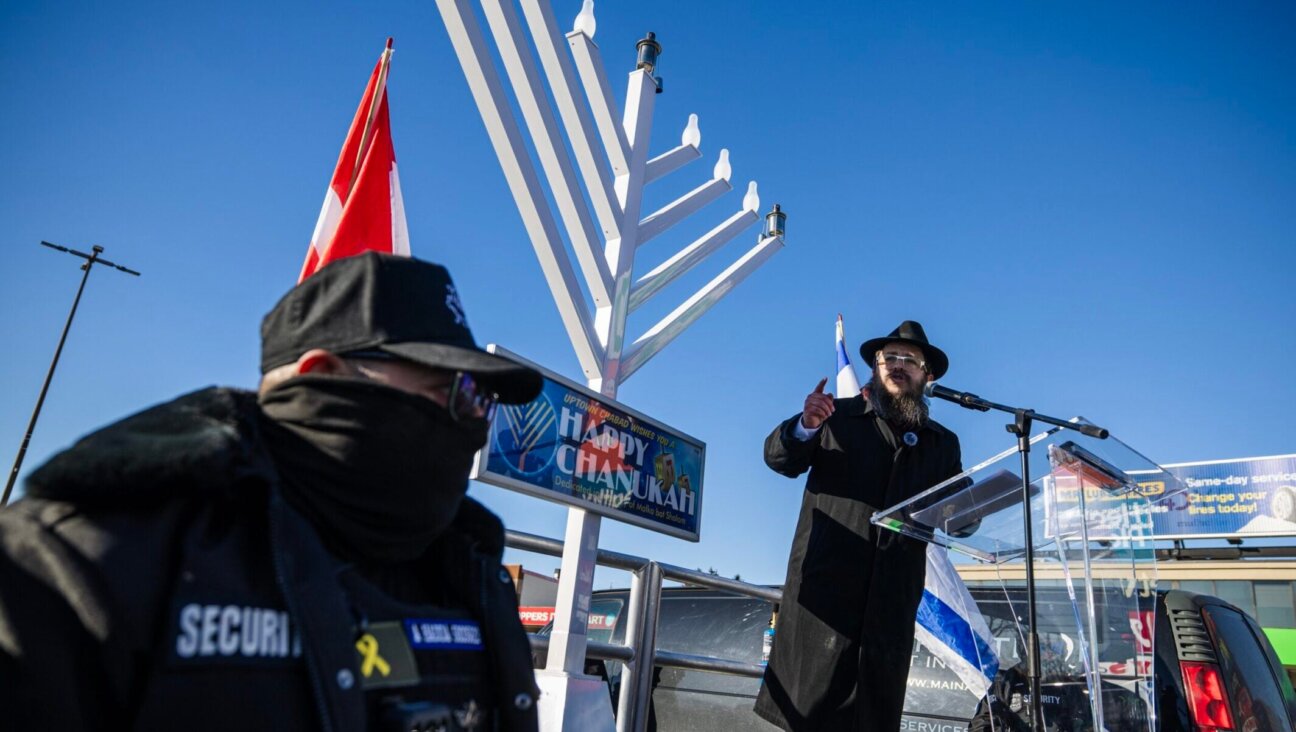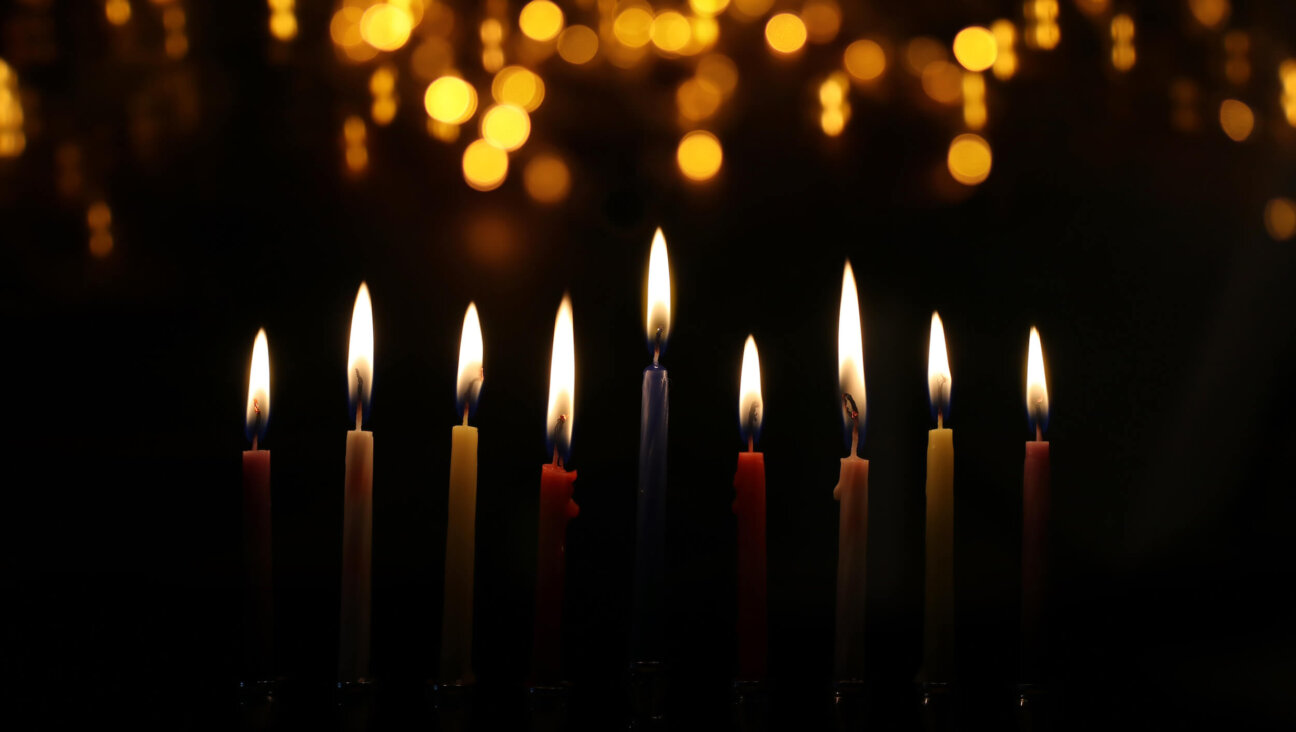On the northwest side of Chicago, my old Jewish neighborhood may soon live on in infamy
Albany Park was home to Rosenblum’s Bookstore, Weinberg’s Clothing — and also alleged DC shooter Elias Rodriguez
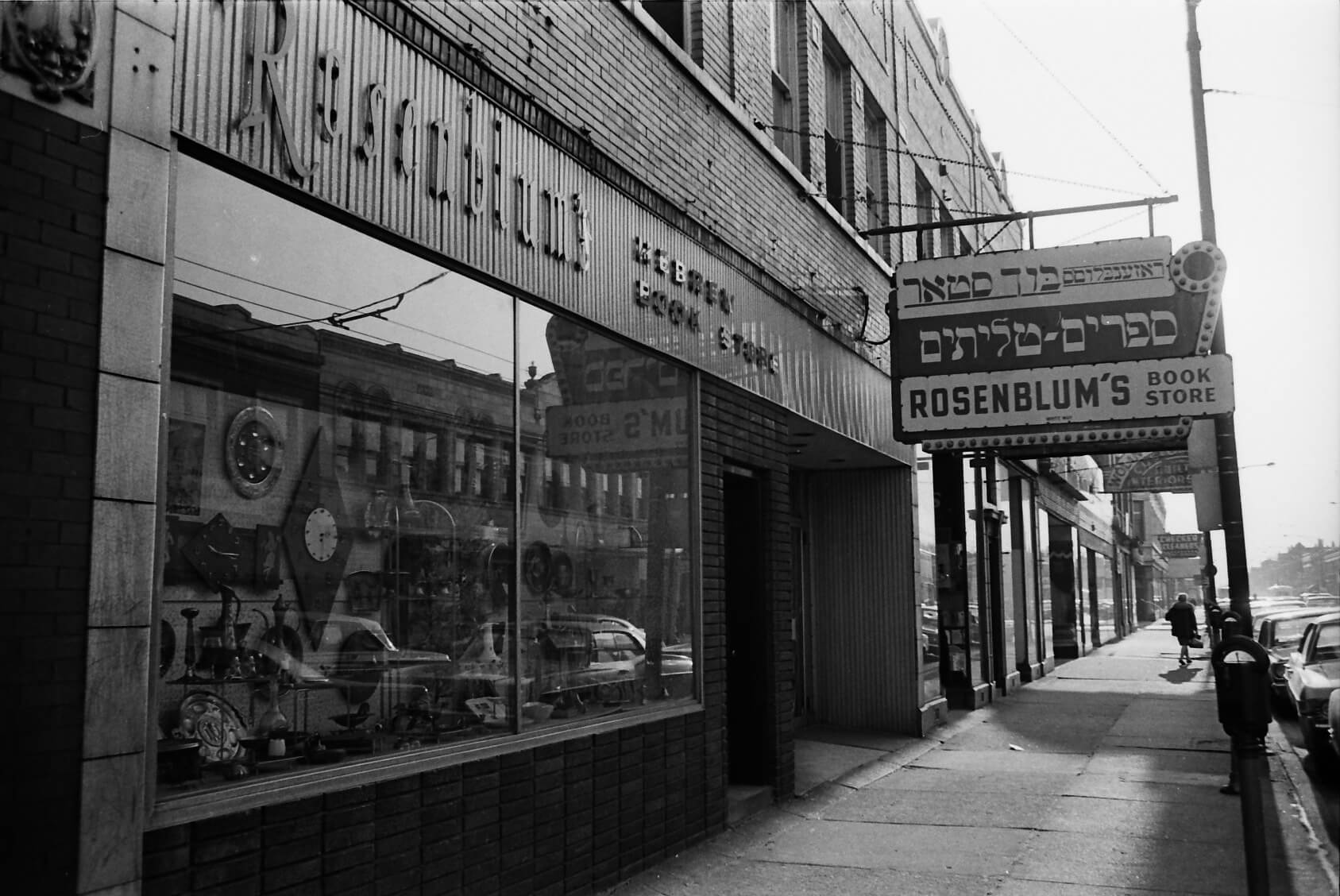
Rosenblum’s Bookstore in what was once the heart of Chicago’s Albany Park. Photo by Marc Klowden
I grew up in Albany Park, a few blocks from where, according to law enforcement, Elias Rodriguez left Chicago on May 21 with a .9 caliber pistol in his checked luggage. After he arrived in Washington, DC, witnesses say he shot to death two people attending a social event at the Capital Jewish Museum.
The killings might not have hit me as profoundly if I hadn’t also lived in an Albany Park courtyard building — so called because the apartments form a U shape; it is the architectural signature of the neighborhood, which is about six miles northwest of the Loop.
The L tracks that form a loop around the city’s commercial center bisect Albany Park. Fifty years ago, it was something between a working-class and lower-middle-class community. A branch of the L ended at Kimball and Lawrence Avenues, in the heart of the neighborhood.
Albany Park is now an ethnic rainbow of Indians, Pakistanis, Thais. Mexicans, Central and South Americans, Arabs, and Iranians. Its Jewish heritage is marked by what isn’t there. The Deborah Boys Club where I played baseball became the Albany Park Community Center.
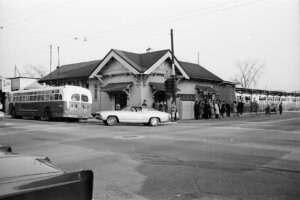
But in my youth, Lawrence Avenue was lined with the likes of Weinberg’s Clothing; Little Al’s Records; Kotler’s Fish market; the Three Ks: kugel, kishke and knishes; and Rosenblum’s Bookstore.
The courtyard building we lived in on Sacramento Avenue marked the southern outpost of Jews in the neighborhood.
“Makh nisht kin narishkeyt far di goyim!” Don’t embarrass us in front of gentiles, our parents would shout out a window if we were boisterously playing marbles in the courtyard, or hide and go seek under the back porches.
Some public school classmates took perverse pleasure in underscoring the difference between them and us with epithets and fisticuffs.
During Israel’s War of Independence, a group of street urchins gathered on a front porch across Sacramento as I made my way to Bateman Public School.
“Sons of Chaim and Abie,” they chanted. “Join the Jewish Navy/ Fight, fight, fight/For Palestine.”
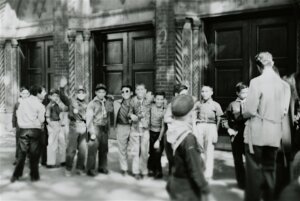
Just about once a week, Catholic kids were excused from Bateman to attend religious instruction at a Catholic school. Sometimes, when they returned, they’d pummel me while cursing: “You dirty Jew Christ killer!” I thought catechism was a form of martial arts. Was their church named Our Lady of Mercy to rub salt in my wounds?
Jews had recently moved to Albany Park from the sprawling immigrant neighborhood of Lawndale. By comparison, Albany Park was bucolic. Beyond the multi-family courtyard buildings, there were two- and three-flats, and an outer ring of bungalows. Each had its own backyard where children played and parents gardened.
That move up the real-estate ladder should have meant diminished exposure to antisemitism. But if anything, the reverse was true. Lawndale was so large that Jews didn’t live alongside gentiles except on the periphery. Its Jewishness was marked by the variety of its synagogues. One was dubbed the Straw Hat Synagogue because a member of its predecessor was chastised for not wearing a yarmulke. He pointed to the straw hat on his head, but was told that didn’t count. Insulted, he gathered his landsmen — Jews from the sane Old World village — and formed a new synagogue.
Subsequently the Straw Hat Synagogue became a Greek Orthodox cathedral. Another West Side synagogue was dubbed the “Politicians’ Shul.”
In Albany Park, I was bar mitzvahed in a synagogue recently transformed from a commercial laundry. Now it’s an African-American Pentecostal church. But when Albany Park was Jewish the neighborhood provided me with a psychological defense against antisemitism.
Leaving Albany Park and antisemitism
I knew I’d leave antisemitic schoolmates behind when I went to college, and my parents continuously reminded me that I would. They had dropped out of high school to help their parents financially. My mother filed mail orders at the Sears Roebuck & Co. warehouse on the West Side. My father drove a cab. I gave him my class ring when I graduated from Lane Tech and he never took it off.
The day I enrolled at the University of Chicago, antisemitism dropped out of my life. The U of C could hardly treat Jewish students badly. Founded by John Rockefeller, the matching funds were raised at the Standard Club, a gathering place of wealthy Jews.
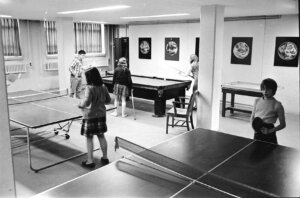
As a history professor, I was hired by St. Olaf College. A Lutheran institution, it wanted to expose students to other points of view.
I finished my academic career at Lake Forest College. A women’s group offered me a speaking engagement at the Winter Club and asked me for the title of my remarks. It was: “Mayn alte bobe fun bialystok, poyln un alte mayses” (My Great Grandmother from Bialystok, Poland and Other Stories).
The title was printed, in Yiddish, on the leather cover of the day’s program, standard procedure at the posh club. I told them I was there because my maternal great-grandmother had a hunch the Holocaust was coming. When the harvest was good in the apple orchard she tended, she would buy a ticket and send one of her children to America — one of them was my maternal grandmother.
My great-grandmother’s husband didn’t help. A Talmudic scholar, he spent his time in the synagogue with his buddies. That reduced my audience to tears. Lake Forest women could relate to a husband too busy to make time for his family.
A new world order
But like my old neighborhood, the academic world has also changed radically. That fact was inescapable by Jan. 22, 2024, when Claudine Gay, president of Harvard, which once had a quota on Jewish admissions and defended it as necessary because too many Jews on campus would keep rich gentiles from sending their children and endowment funds to the school, told a Senate committee she didn’t know if Jewish students’ rights were protected by her school’s conduct code. Didn’t an advisor or faculty member tell her it was a sensitive issue?
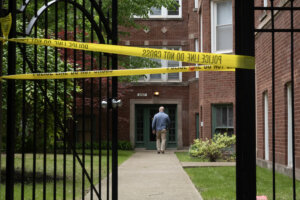
Student groups had made Palestinians’ rights a key issue, and though I agree with their cause, I think the question is more complicated than it is presented at protests and in syllabi where Arabs are portrayed as entirely right and Jews entirely wrong.
When Jewish students at the University of Chicago reported being put down in Middle East history courses, they were advised to see a mental-health counselor.
As Jewish students were speaking about their problems at Columbia University, several deans exchanged text messages dismissing them with vitriolic and satirical comments. “It is tough to listen to these tales of woe,” one dean wrote. Another responded that the complainers “come from a position of privilege,” a riff on the age-old trope that rich Jews control the world. In the aftermath, several deans resigned, baruch hashem!
When I was a teenager, street corner debates were a Chicago sport. A cardinal rule was that all points of view were welcome. Otherwise there would be no screaming, and where was the fun in that?
Albany Park was different from other neighborhoods in the city: It was where cops were posted because they gave their commanders a hard time. One such was Officer Jack Muller, a Jewish wise guy with a badge who was exiled there for not recognizing that political big shots aren’t supposed to get tickets for parking near City Hall.
He raided Terry’s Perfecto Cigar Store on Kedzie Ave., which hosted card games in its back room. He arrested a bunch of players, and when they appeared in court, the judge berated him for putting old men in a police van.
As a reporter, I accompanied the Israeli army that invaded Lebanon in 1982, and when I said I was from Chicago, a resident said: “Chee-ka-go! Capone! Capone!”
From now on, Albany Park may well become known for a new criminal, one who allegedly gunned down Sarah Milgrim who was about to receive an engagement ring from Yaron Lischinsky. From now on, I will break down in tears whenever I see the photo of that attractive young couple about to launch their life together.
Pundits and progressives might assign this terrible deed to some form of mental illness. To me, that is beside the point. The killer deprived two human beings of joy, children, and the traditional Jewish wedding toast, one where the emcee signals the klezmorim to put down their drum sticks, clarinets, and violin, children scurry to sit at the feet of their new mishpocheh, and the parents embrace the bridal couple and say:
“May you live in uninteresting times.”

